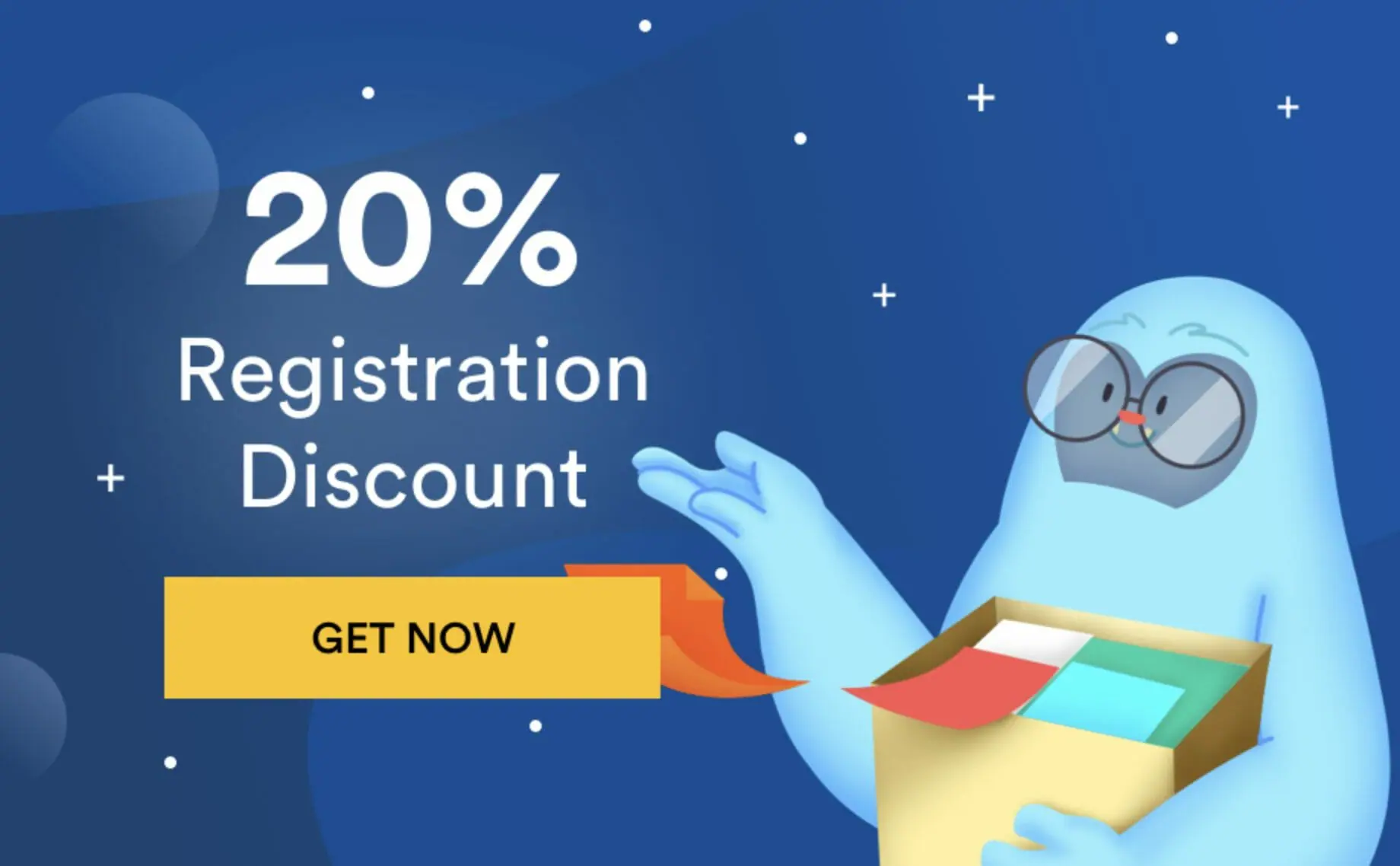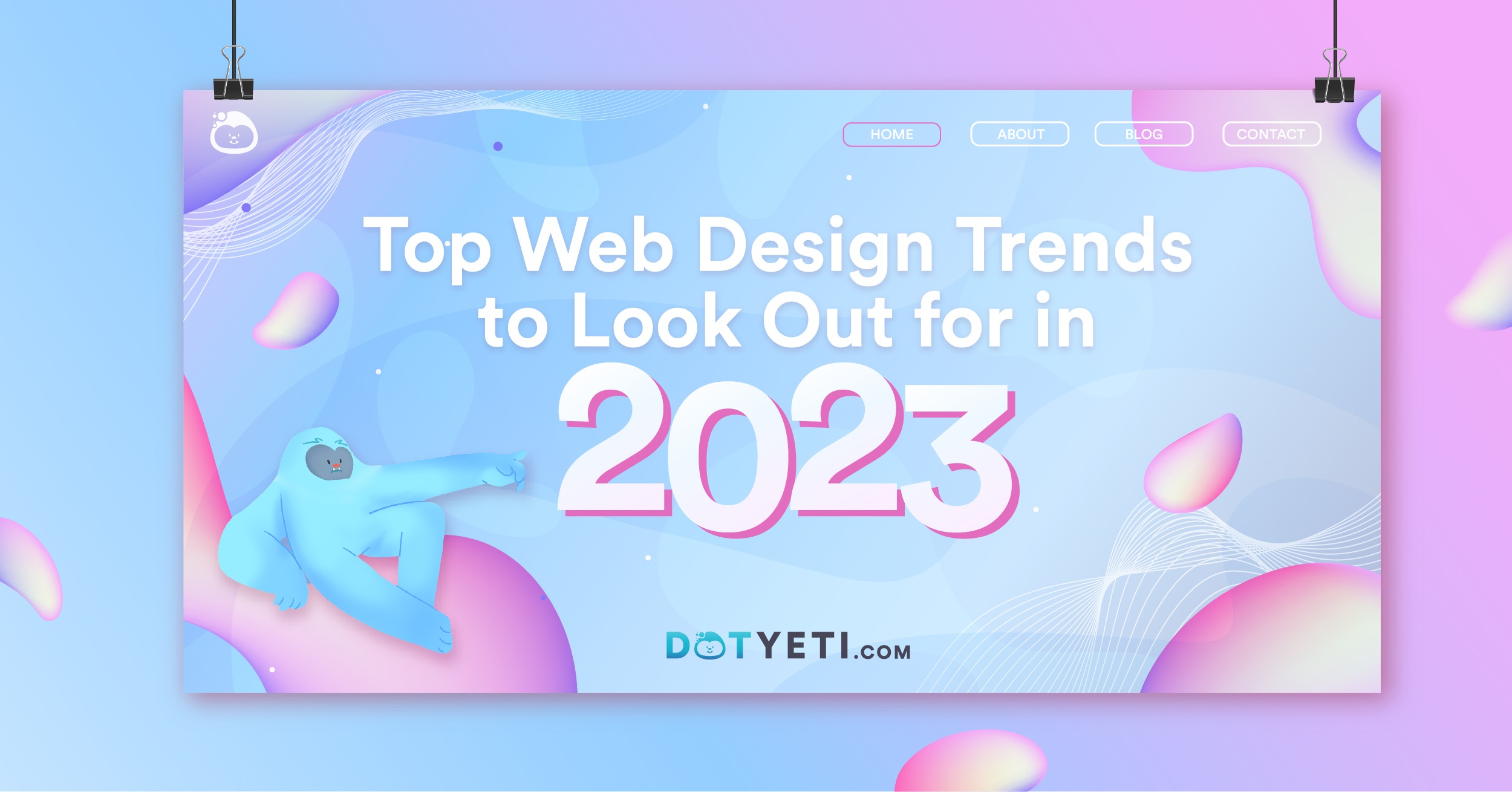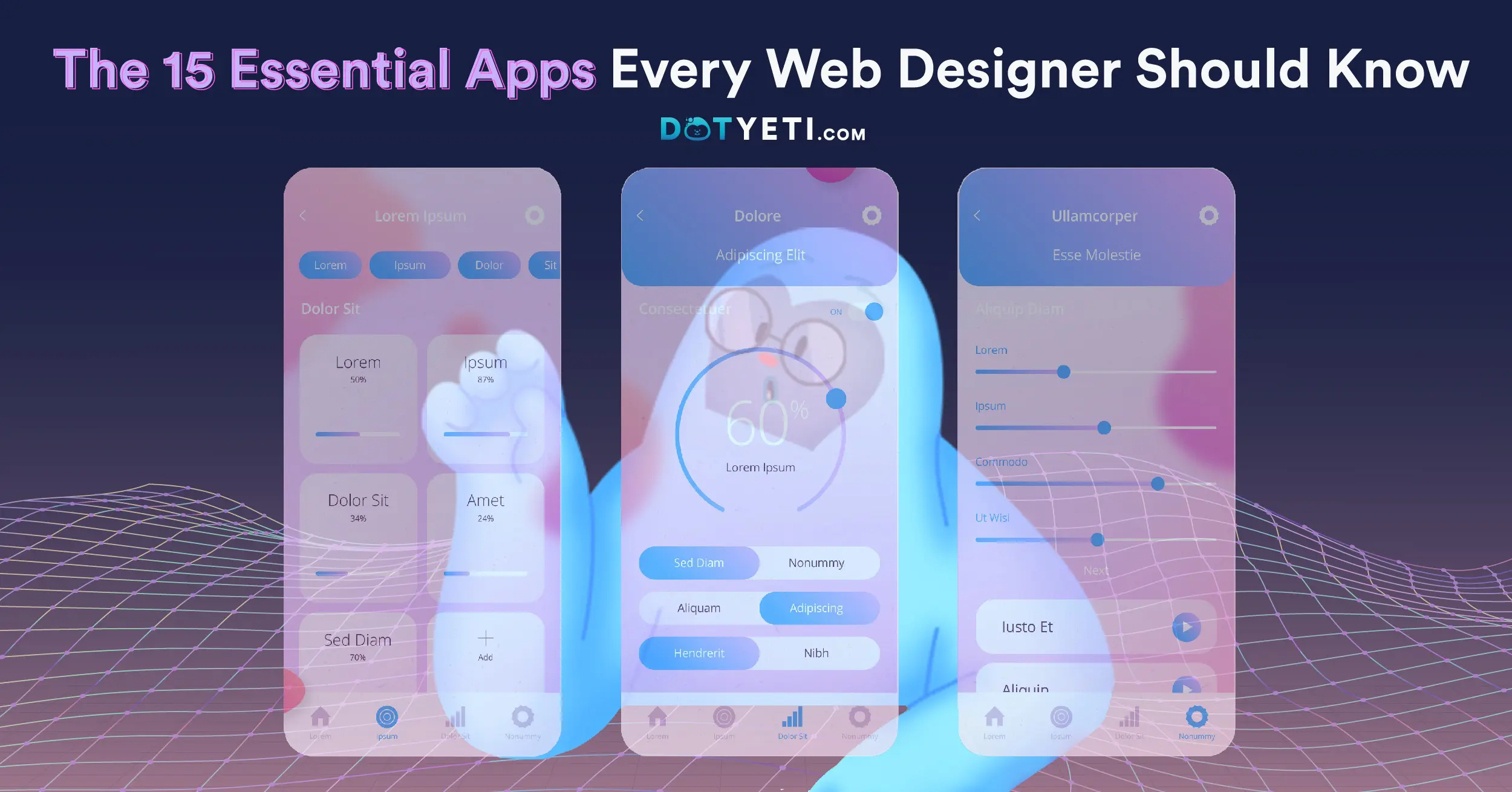When it comes to websites, user engagement matters the most—not a flashy design or technology. Your user should be at the center of everything you do.
Being user-focused means focusing on what matters most—ensuring users have a great experience and find what they’re looking for. In fact, 79% of users won’t stick around if they don’t get the desired info on your website and go looking around other sites.
How do you ensure they end up exploring your site and spending a significant time doing that?
By following web designing best practices to supercharge your user engagement—and we’re listing six such best practices in this article to help you do just that.
1. Conduct a UX survey
A UX survey helps you gather insights from your customers or users and see what’s working for them and what’s not. Besides web designing, you can incorporate UX survey results in other digital products such as mobile apps, and prototypes at multiple touchpoints of your customers’ journey.
Through a UX survey, you can your hands-on insights such as:
- Customer demographics
- Performance of existing products and features
- Exploring opportunities to introduce a new feature
- Validating your hypothesis on the subject matter
2. Create user personas to understand your users better
User personas are a great approach to understanding the mindset and buying psychology of a customer. The best personas out there are created using a balanced mix of data and educated guesses. Mind you, both pillars need you to perform thorough research and see a piece of information through multiple lenses.
Here are some best practices to create powerful user personas:
- Create a user persona template beforehand that you can use for all kinds of personas. This will help you save time down the line.
- Create at least 4-5 user personas to really get in-depth about how your ideal customer behaves.
- Creating user personas isn’t a one-person job—invite your team members to contribute their viewpoints while creating a persona.
- Keep editing the user personas as the picture keeps getting clearer
3. Take your UX writing to the next level
A website copy doesn’t have to be filled with jargon and written in sophisticated language. A language and tone that your visitors are easily able to grasp in one go is the best kind.
When designing your website, it’s important to use the same tone of voice on your website as your social media. This will make the site feel more like a conversation than an informational post or sales pitch.
More importantly, before even writing a word, do your homework thoroughly, which involves:
- Understand the goals of your company and the product you’re showcasing on the website
- Go through the user personas and understand their pain points—what solution are they seeking when visiting your site
- Be familiar with the way they speak and converse in general—use that tone and language in your copy
- Learn about UX writing through courses, or workshops and create mock website copy before starting with the real deal
4. Create brand consistency through color, typography, and imagery

Use relevant images
When creating an image for your content, it’s important to use the right type of image. If you’re writing about data visualization, it would be best to use an animated GIF or video. However, if your blog post is about the importance of staying organized in your home office, it’s better to stick with a simple photo of space without any clutter.
Images should fit the needs of users and their goals by providing clear communication that helps them understand what they need from their website experience.
Make icons work for your users
Icons make your site easy to navigate, but they aren’t enough on their own. You’ll still have users who don’t know where you’re pointing at in relation to your content or how many clicks away some links are from each other.
Labels help solve this problem by instructing the user on what an icon does. So, even if someone doesn’t read through all of your text first time round, they’ll still know exactly what button or button combination should be pressed next time.
Use contrasting colors
When it comes to doing web design for user engagement, contrast is the king.
Contrasting colors are a great way to increase user engagement and improve the user experience on your site. They can be used in many different ways:
- To highlight important information such as links or buttons
- To show that one part of your page has more importance than another
Use readable font
Fonts are the most important aspect of website design. Without a good, presentable, and readable font, all your efforts in researching, UX writing, and designing will go down the drain.
- Make sure the fonts are readable in both a desktop browser and a mobile browser.
- Do not use anything overly dramatic—use simple website fonts such as Roboto, Lato, or Helvetica to keep it clean and amazing.
5. Have an intuitive navigation system
Navigation is one of the most critical components of any website. It’s what helps users find their way around your site, whether they’re looking for information or trying to find an answer to a specific question.
- Have all the links clearly labeled and intuitively organized into categories.
- Avoid using too many menus or dropdowns (or any menu at all), as this can make it difficult for visitors who don’t know what they’re looking for—and even more confusing if there are multiple levels of menus within each page.
- Ensure every step after this one leads them back on track with their original path so that they don’t get lost along the way.
- Use clear calls-to-action (CTAs) so visitors know exactly what action needs to be taken next for them to complete their purpose.
6. Have a simple layout
Your site’s layout is a key element of user engagement. It needs to be simple, organized, and clear.
Make sure the most important features are easily accessible. Your users should know what they’re getting when they click on a link and don’t need to hunt for it.
- Use a grid system for consistency. Use either CSS or HTML5’s grid system to create your layout—it will help ensure all important information is easy to find on the page and keep things looking neat.
- Keep it simple. Don’t clutter up your pages with too many graphics—this will make them harder for people who aren’t computer-literate or want something specific done quickly (like finding an appointment).
Read More: Top Web Design Trends of 2023
Drive your user engagement with spectacular website design
Designing a website isn’t just about making it look pretty—it’s about improving its usability for your users by providing clear pathways between pages. It is also about increasing the efficiency of search engines like Google and providing helpful information within each section of content.
Remember the goal is to help your users find what they need and get the information they want while ensuring it’s done in a way that fits your brand’s personality.
DotYeti is an unlimited graphic design platform that can address your web assets and landing page design needs. Book a demo today and find out how you can get








